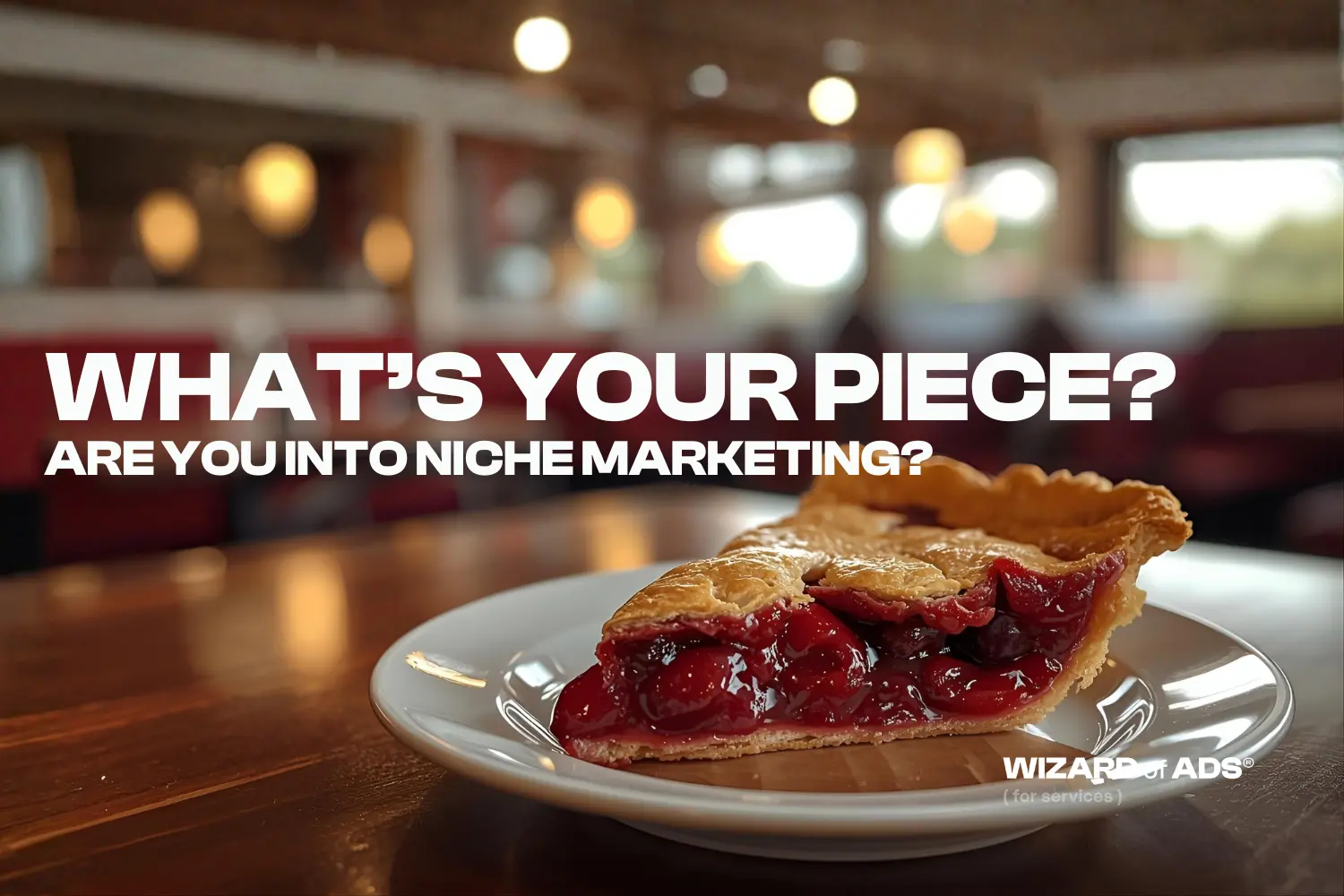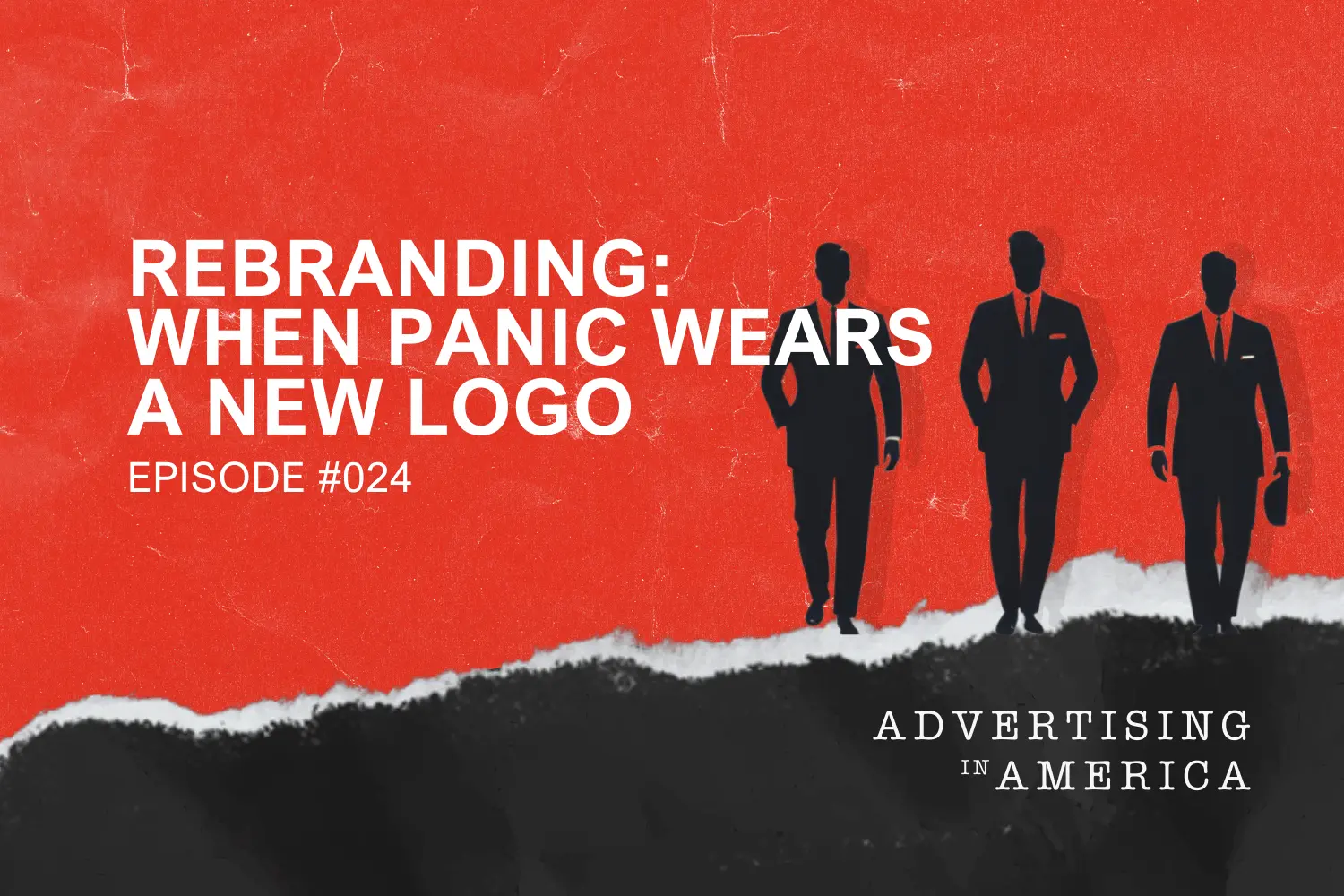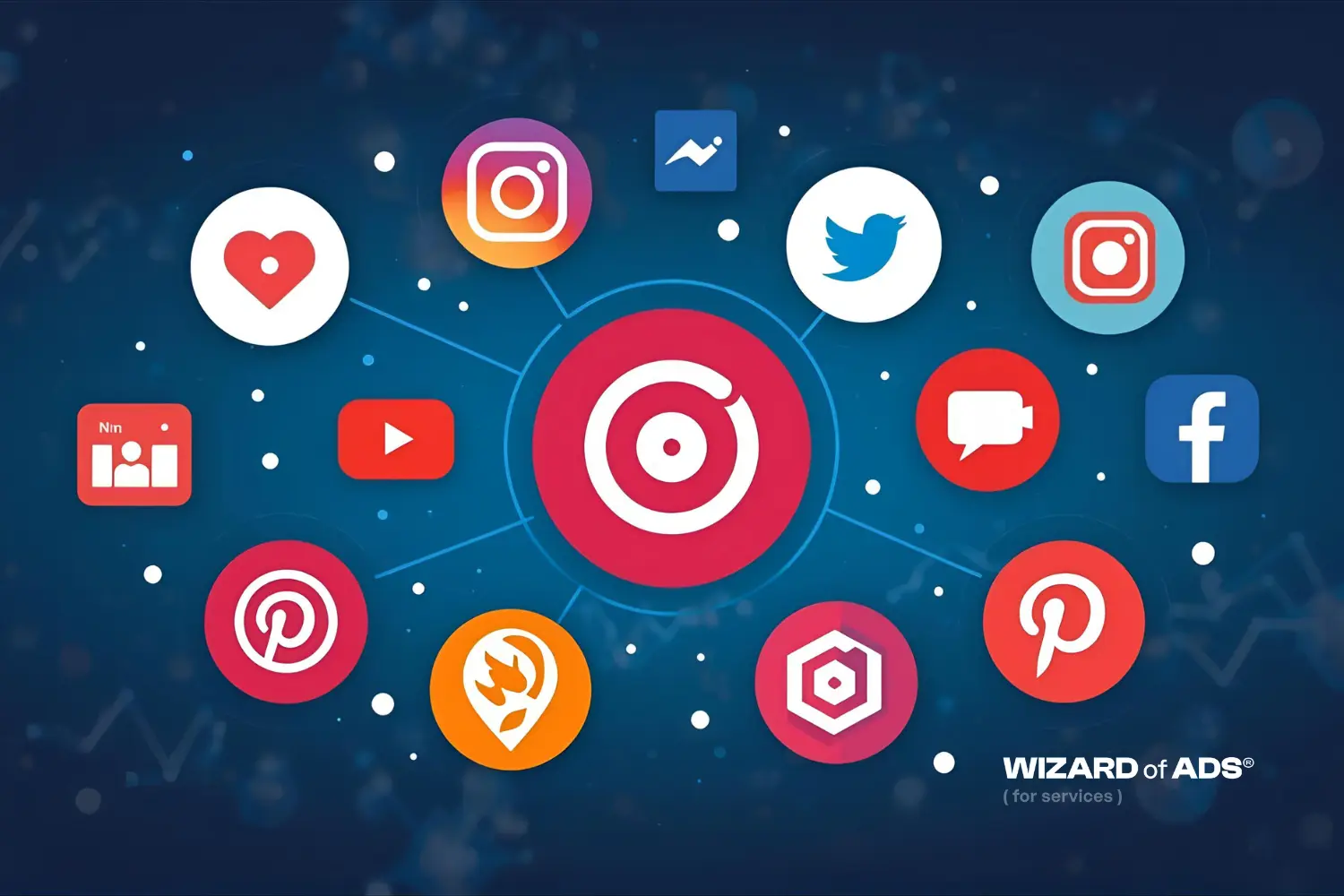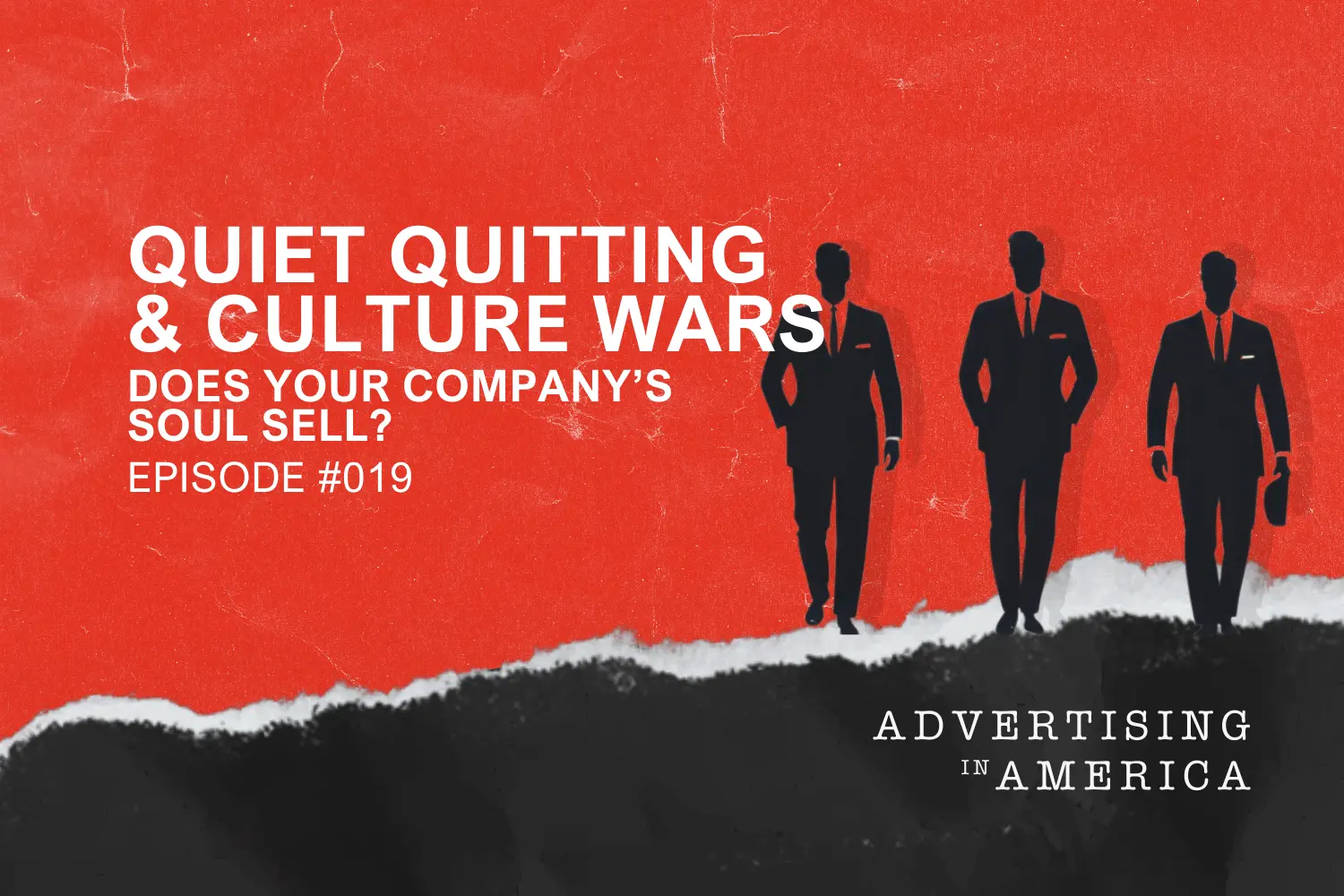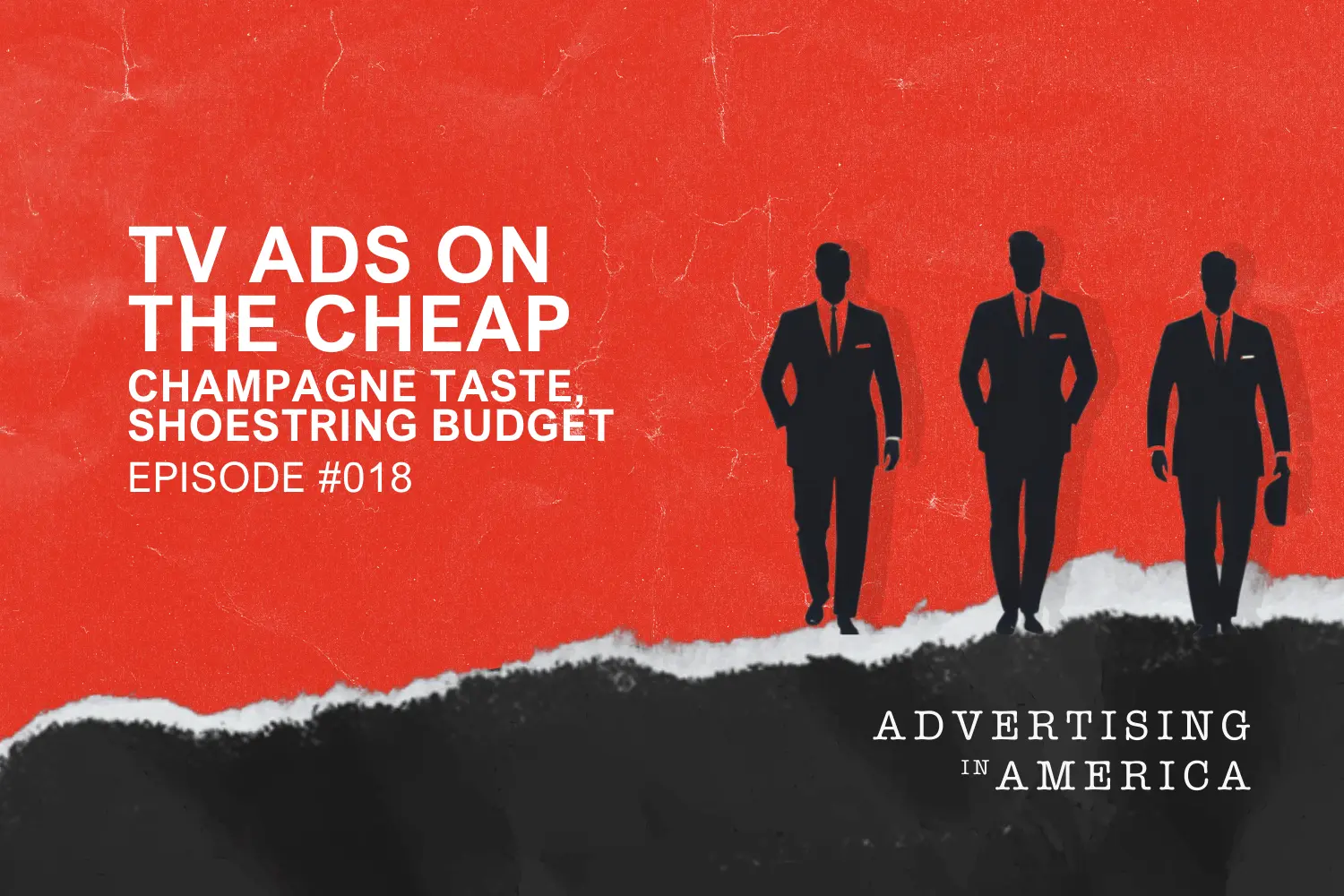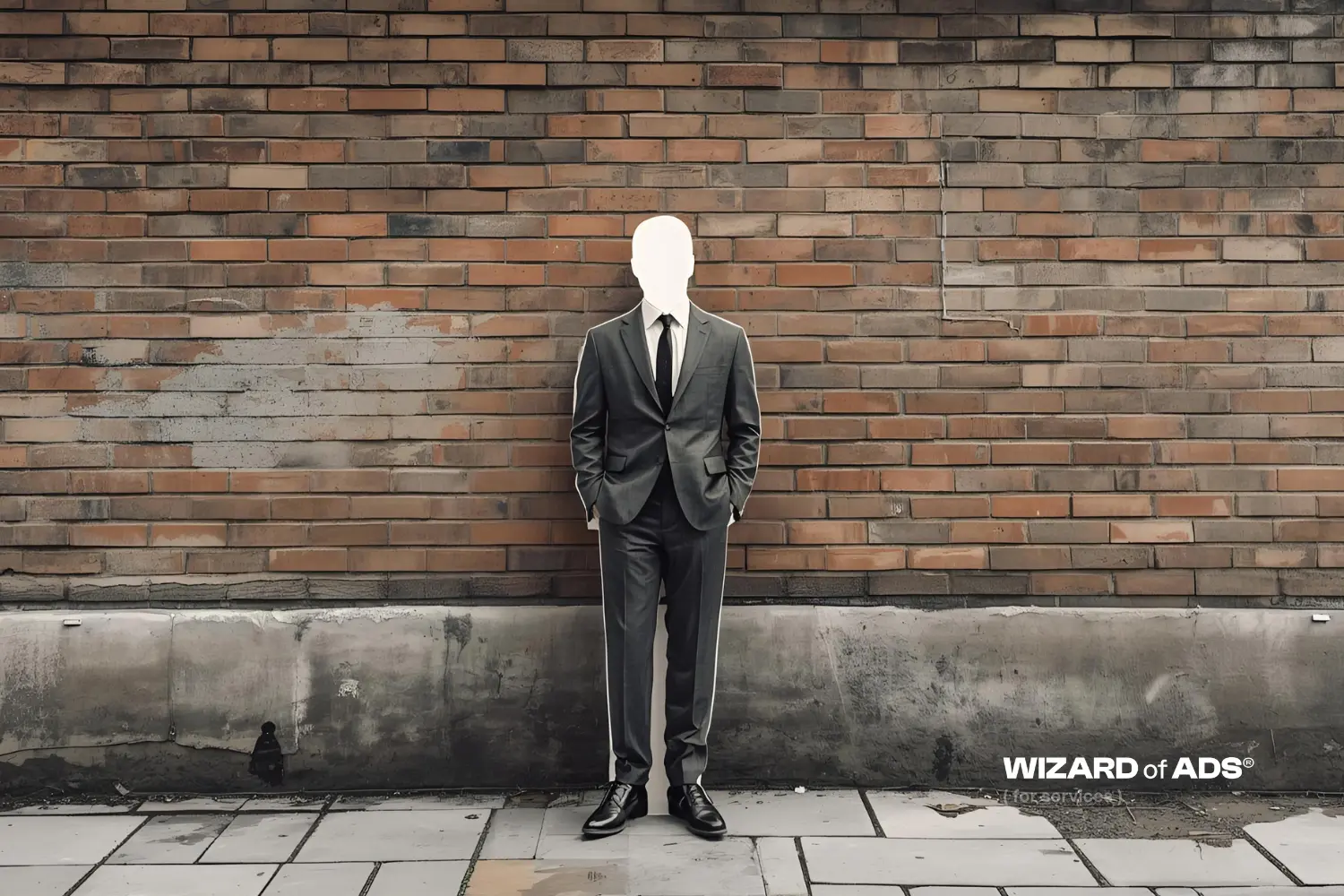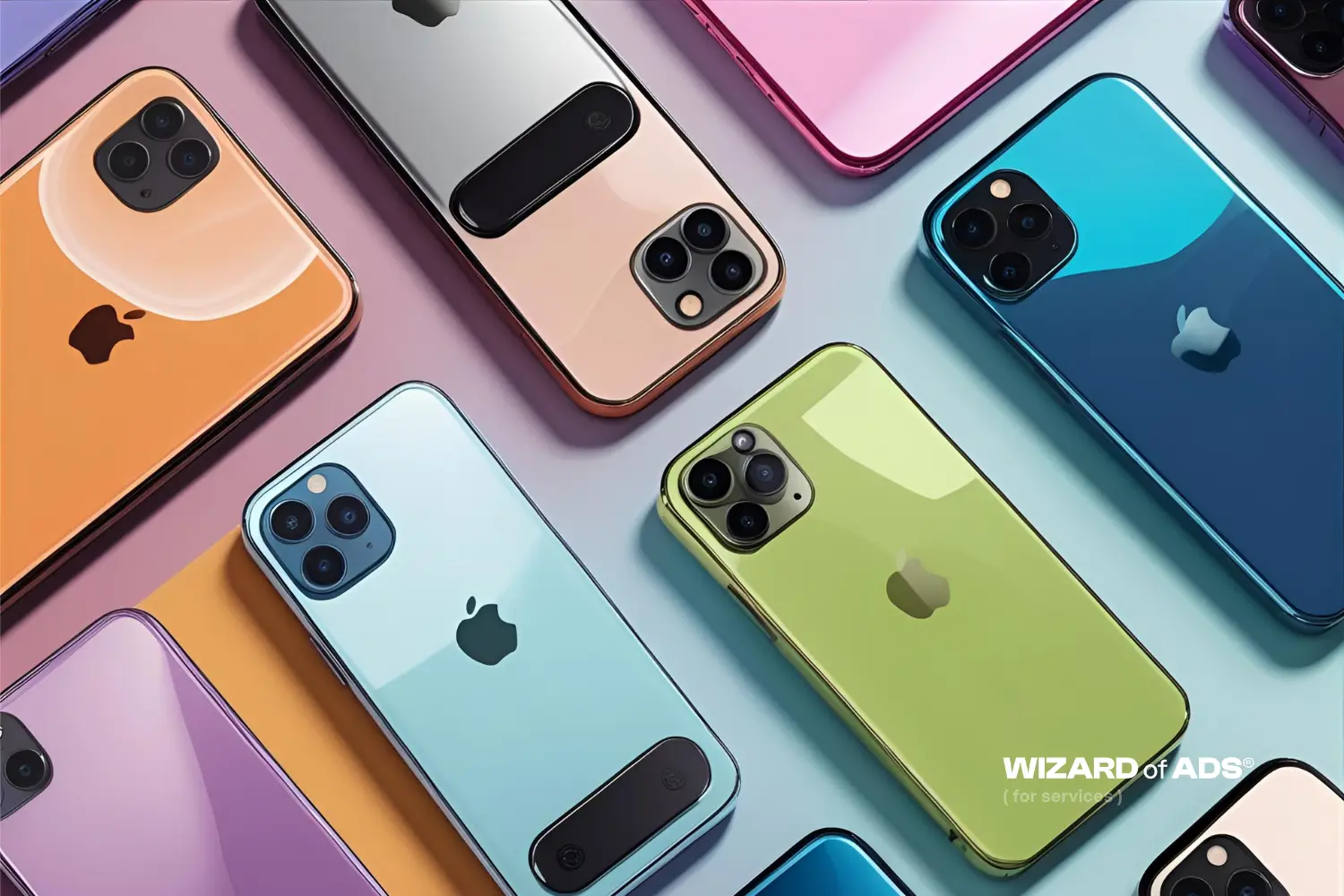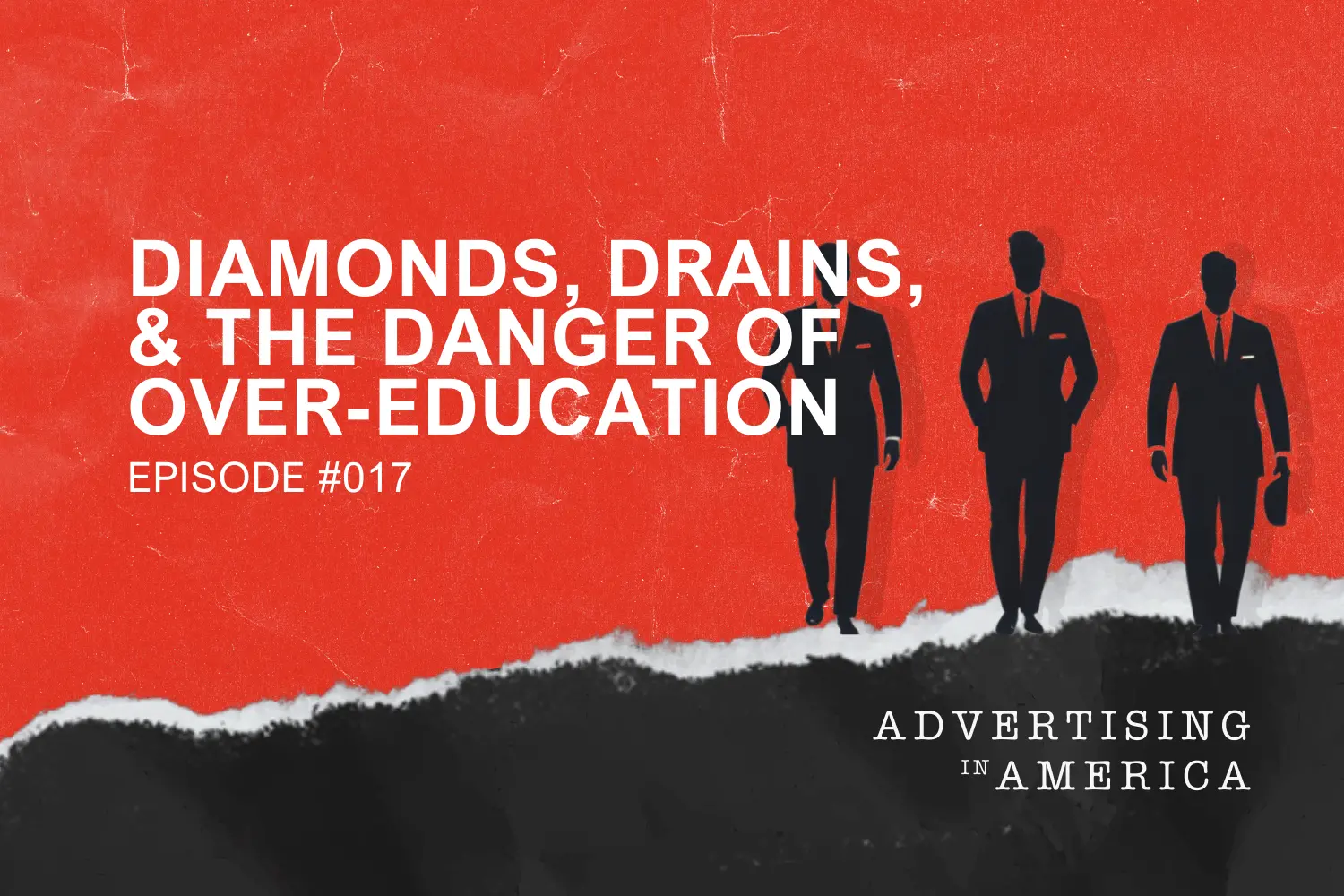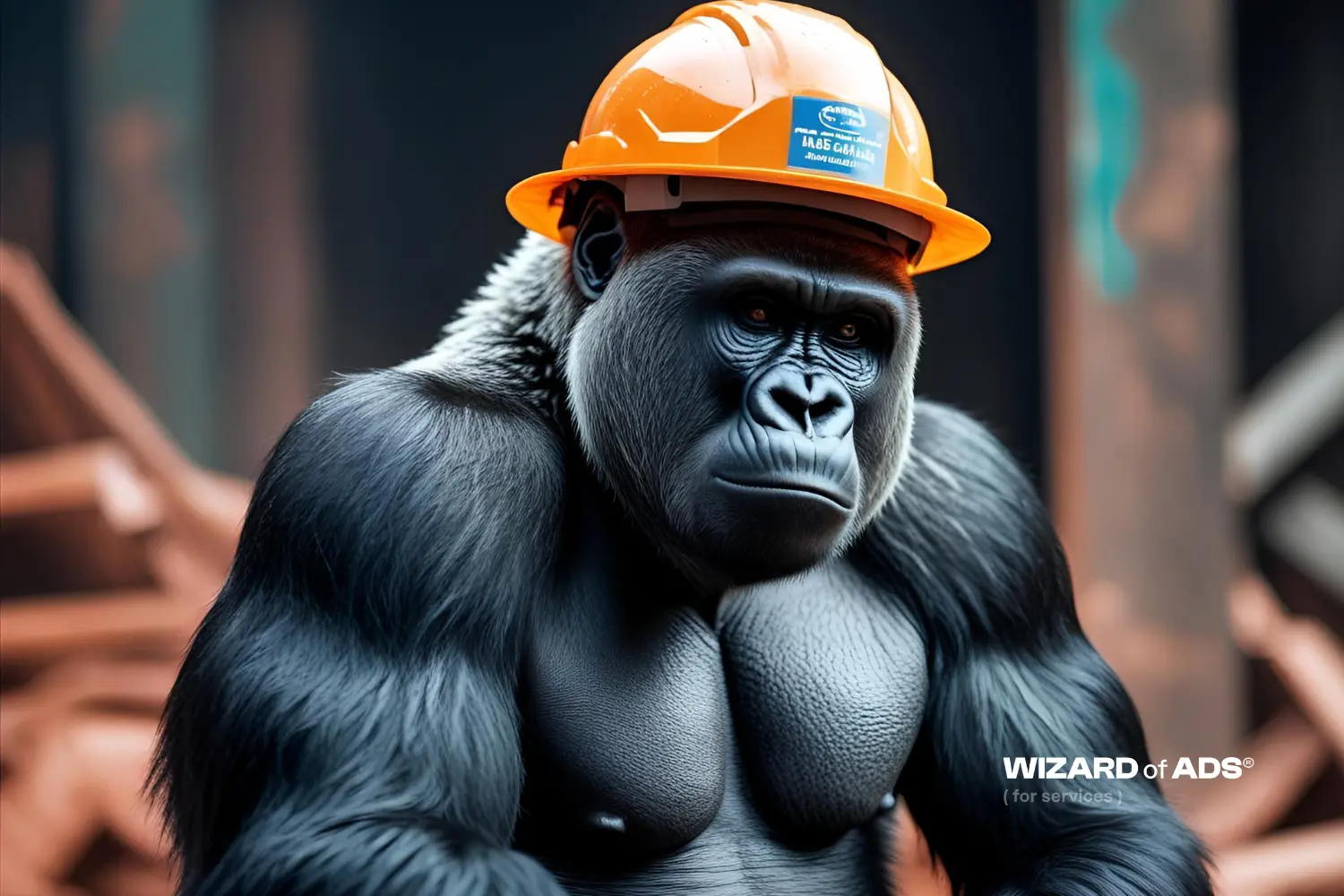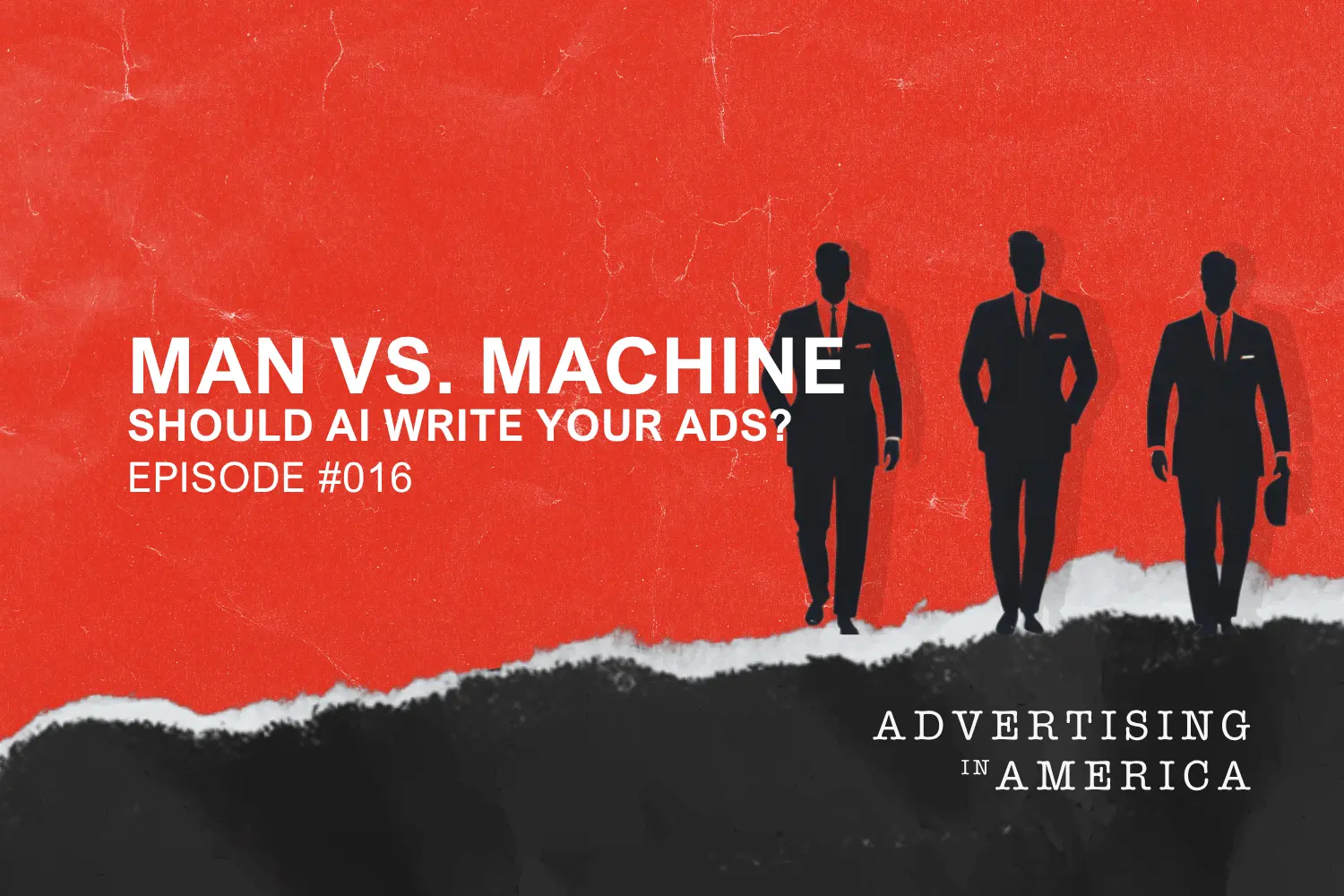
WHO are you talking to, and WHEN are you talking to them? That’s the essential difference between Direct Response (DR) and Branding.
Direct Response
If an ad is ONLY talking to people who are in the market to buy right now, with the aim of closing the sale right now, then that ad is a direct response ad. And from this flows most of what we typically associate with DR ads:
1 Making An Offer and Call-To-Action
In order to close the sale, you have to make an offer and provide a way for the buyer to take the action you want (typically to place the order and give you money). The people that your DR ads are speaking to are already looking to buy what’s on offer. But they can’t say “yes” unless and until you make a specific offer. And they can’t give you money unless you have a way to take the order, whether that’s through an online store, a 1-800 number, or a “come on down” Call-to-Action. Makes sense, right?
2 More Pitch, Less Need for “Creativity”
All ads require high relevance and credibility to work. Irrelevant ads get tuned out — either psychologically or physically. Most ads have to create relevance. But since DR ads are talking to people already in “buying mode,” the ad’s offer is (or ought to be) inherently relevant to that audience. So the ad can skip the shenanigans and get down to selling, a large part of which involves creating credibility for the offer. Where this issue gets fuzzier is for Direct Response ads that are aimed at persuading people to buy today, rather than talking to people already intending to buy today. For example, I doubt anyone has ever consciously been in the market for a Slap Chop prior to seeing an infomercial for it.
But tons of suckers customers have purchased slap chops because the infomercials were entertaining enough to watch, and then persuasive enough to convince viewers, that, maybe it is worth $19.95 to dice veggies with a Slap Chop instead of a knife. And so it is with most infomercials — they’re aimed at convincing viewers they “need” a novel product rather than talking to people already in the market for one. So entertainment becomes necessary prior to making the pitch. Think of the infomercials for Poo Pourri or the Squatty Potty and whatnot.
Whereas infomercials for Proactive have less entertainment, because the felt need pre-exists the pitch, and thus the offer has instant relevance. And regardless of how much entertainment a DR spot has upfront, they’ll almost always switch to the urgency building, deal-sweetening, and risk-reversing techniques we’ve all come to know and sometimes loath, through the ever-present phrases of:
- “For a limited time only”
- “Only until supplies last”
- “Not sold in stores”
- “But wait, there’s more…”
- “Pay no money now…”
- “Money-Back Guarantee”
- “Try it risk-free”
Every DR ad is also a sales pitch, remember? Hence the need to create urgency and pressure to act, while eliminating objections, etc.
3 Targeted Ads
Depending on how mass-market your product is and the length of the buying cycle, you may elect to target your ads rather than using mass media. This gets into the math of mass media and buying cycles. If a typical American buys a new (to them) car every 5 years — and if they’re only in buying mode for that car over the space of 3 months — then only 5% of a mass media audience will be in buying mode for a new car. If you’re talking to a few hundred thousand people, five percent of the audience might well be enough. Which is why dealerships continue to advertise on radio and TV via direct offers. And in the case of most infomercials, like the aforementioned Poo Pouri or Squatty Potty — well, EVERYONE poops, and many people would like to not be embarrassed about the smell — so mass media makes sense. If, on the other hand, you are selling investment opportunities, industrial equipment, professional training for uncommon professions, etc — then mass media doesn’t make sense and you’ll want to use targeted ads. “The money is in the list,” as the DR marketers like to say. So send your investment pitch to people who are known investors. But keep in mind, targeted ads don’t HAVE to be DR ads. You can use targeted ads for a branding campaign, too. When I wrote that DR ads are only talking to people in the market today, I meant that the messaging was targeted, not necessarily the ads themselves. And that’s how things break down for DR ads. Now let’s look at…
Branding Ads
If an ad is intentionally talking to people who are NOT YET in the market to buy right now, with the aim of winning the sale before it starts, then it’s a branding ad. And from this flows most of what we typically associate with branding ads:
1 Entertainment and Creativity
Because the audience isn’t yet in the market, there is no pre-established relevance for an offer, so branding ads have to offer entertainment to gain and hold the audiences’ attention. A spoon full of entertainment helps the messaging go down. So in addition to Relevance and Credibility, branding ads also have to layer in Entertainment and Hope. If you give people entertainment, they’ll give you their time. If you give them hope, they’ll give you their money. Just note that the entertainment has to entertain right now, whereas the hope can be related to a future moment of need.
2 Memorability & Recall Cues
Taglines, jingles, and Brandable Chunks are all aimed at creating memorability and recall in the mind of the audience. Because the customer won’t be exposed to the ad at his or her moment of need, the ads need to make sure the customer recalls the messaging and the brand when that moment arises. The goal of branding is to be the company people think of first and feel the best about when they need what you sell. “Thinking of first” means using recall cues and memorable phrases. Winston wanted customers singing their little jingle when they went to purchase cigarettes. FedEx wants you to think “when it absolutely, positively has to be there overnight” when you’ve got an express package to send out.
3 Image and Value-Based Advertising
When an advertiser has to manufacture relevancy, there is one thing that will always be relevant to people — themselves. Just look at how many “What type of Disney / Star Wars / Marvel” character are you?” quizzes there are on Social Media and Buzzfeed. Well, image-based branding can be seen as a “what brand car best expresses your inner self” style appeal. The more you try to sell jeans based on functionality and specs, the more you tempt people who aren’t in the market for jeans to tune out your ad. The more you advertise your brand of jeans as an expression of rugged individualism, sex appeal, and pure Americana, the more anyone listening might be tempted to buy those jeans as a form of self-expression, “need” be damned. Remember how branding is getting people to “think of you first and feel the best about you when they need what you sell”? Well, making people feel sympatico with your brand’s values and symbolism accomplishes that “feel the best about” part.
Can An Ad Be Both DR and Branding at the Same Time?
Yes, you can have an ad that functions both as a Direct Response ad AND a branding ad. If you’re in a business where acquiring a customer means getting them to try you once and then impressing them enough to keep them for life, then a DR-style offer and CTA appended to a branding style opening can work wonders. Craft a great offer, package it in strong brand-building creativity, and watch it work wonders. The following ad is a great example of such a campaign:
Bonney Percolate
Audio Player
00:00
00:00
Use Up/Down Arrow keys to increase or decrease volume.
But note how the CTA is not a “limited time offer” — it’s a standing offer. Good now, and good for whenever you need that service.
An advertiser can also sprinkle some occasional DR ads into their branding campaigns if they truly have a worthwhile, limited-time offer.
The Real Take-Aways
This article starting to run long, so I’ll make this short. Regardless of which type of ad you run, always remember:
- Relevance and Credibility, plus
- Entertainment and Hope
Those are the ingredients for successful ads. Even DR ads work better with entertainment and hope, as the runaway success for Poo Pouri and Squatty Potty can attest. So find yourself an ad man who knows how to create that for your ads, and you’ll do well.

